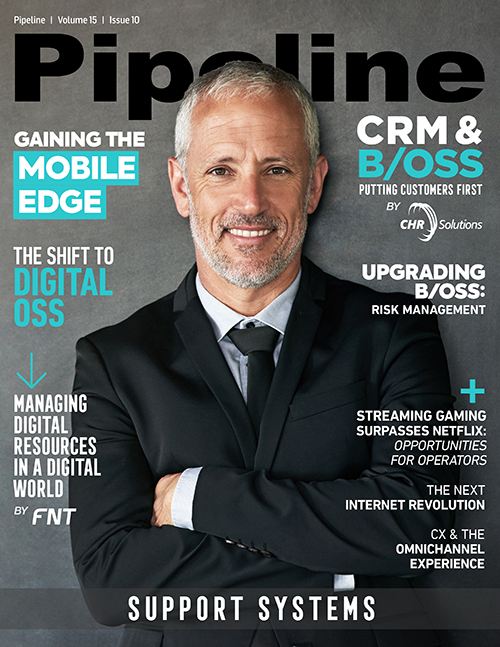Managing Resources in a Digital World
Without data consistency, a planned network extension may be not implemented. For example, slots may already be occupied by undocumented cards or there may be network misconfigurations because of wrong assumptions that were based on incorrect network documentation. These scenarios are painful and expensive—and highly avoidable. The “Closed Loop” principle ensures that the next planning cycle is built on verified and accurate data, and that no surprises await the technician when installing new planned resources.
Another important principle in good resource management is to implement a common central database for all resource-related data. This database ensures that the entire organization maintains the same consistent view of the network and that all of the activities carried out by various people are always based on a shared master data source.
Finally, a unified data model is a very important principle for managing disparate data. This data model needs to be detailed enough to facilitate daily work, yet be flexible enough to support extensions, for instance to manage new objects and attributes of new network layers, or to support new equipment in the network.
Resource Management Requirements
Any new resource management system should support at least the following four basic requirements:
1. Documentation of physical and logical network resources
This is a basic functionality and should be the foundation of any resource management system. Physical resources are the chassis, modules and SFP, as well as the cable, patch panels and splice
boxes. Logical resources are network connectivity and network functions, such as firewalls or data filters. Any dependencies between the physical and logical resources need to be modeled, for
instance to report the affected services in case of an outage of a physical resource. This is especially true when it comes to cable management. Another requirement for the system is that it must
also support the documentation and display of geographical information on a map, such as with GIS functionality.
2. Flexible frameworks to implement interfaces
Since a resource management solution is both the source of data for many external systems as well as a repository for them, flexible interface adapters are critical for northbound integration, as
with OSS and BSS systems, and southbound integration to the network for reconciliation of the network data.
3. A library of components
Another feature of a resource inventory solution is a database of predefined components from the different devices to be managed. This
includes a graphical representation but also data such as size, power consumption, slots and ports, and so forth. Access to such a library speeds up the addition of new equipment and reduces the
effort required for the user to define these components.
4. Reports and dashboards of all resource data
Having the required resource data in a database is one thing—but making it useful for the operator is another. For example, can the operator easily access the data to identify free resources to
be put into service, or those to be replaced? To get the most value from an implemented resource management solution, flexible, user-defined reporting and graphical representation of data on a
dashboard is required. This also includes reports for impact analysis—in case of fiber breaks or outages, for example—as well as for workorders generated for new equipment and configurations in
the network.
How to Manage Implementation Costs
A productized software solution is the key to managing the cost of a solution. Such a solution eliminates the need to integrate each new customer solution from scratch, also eliminating the cost of programming for software integration and customized features. Each customer of the productized software solution can then decide for itself whether it needs additional customized functionality to support its specific workflows.



















